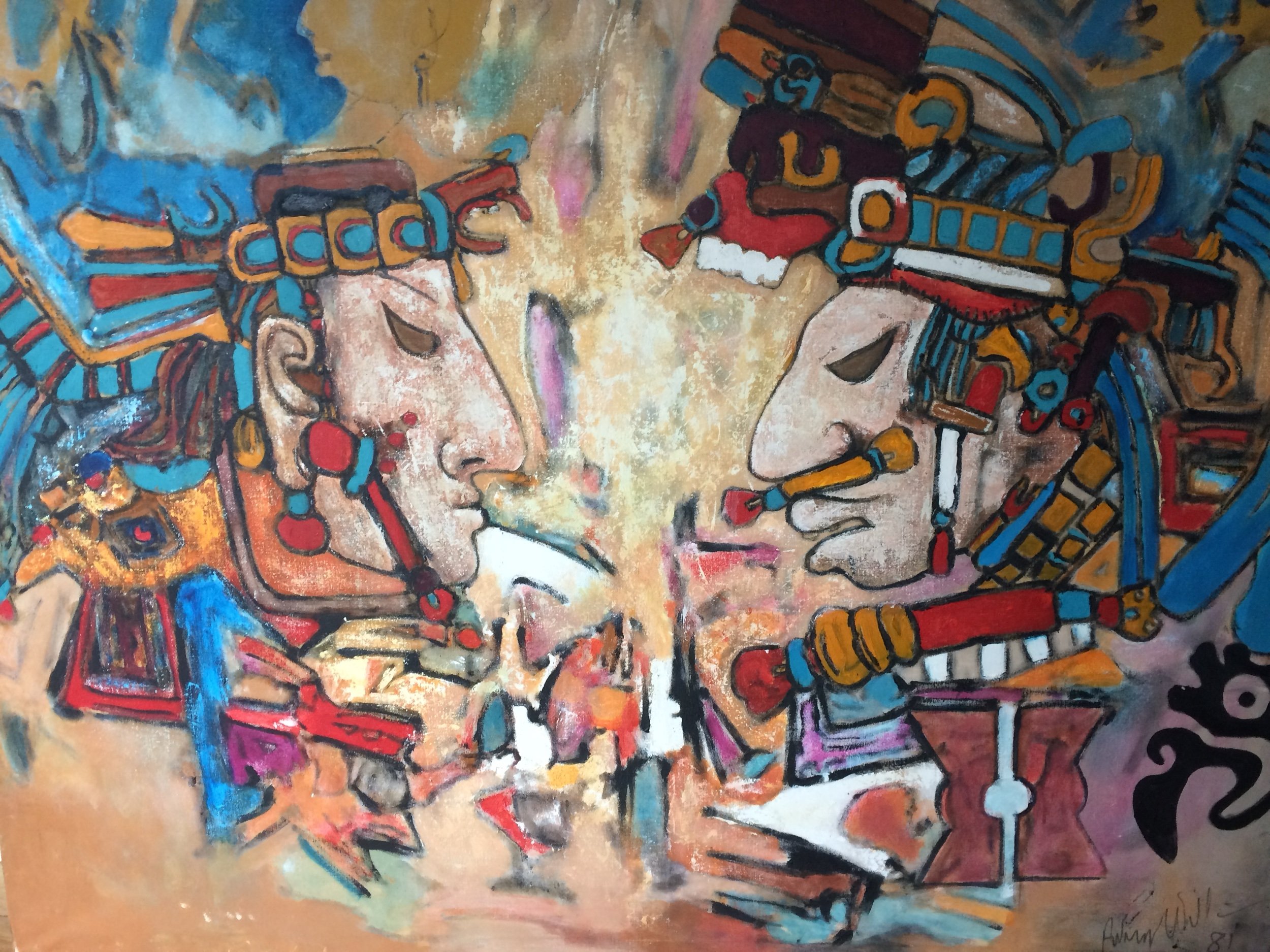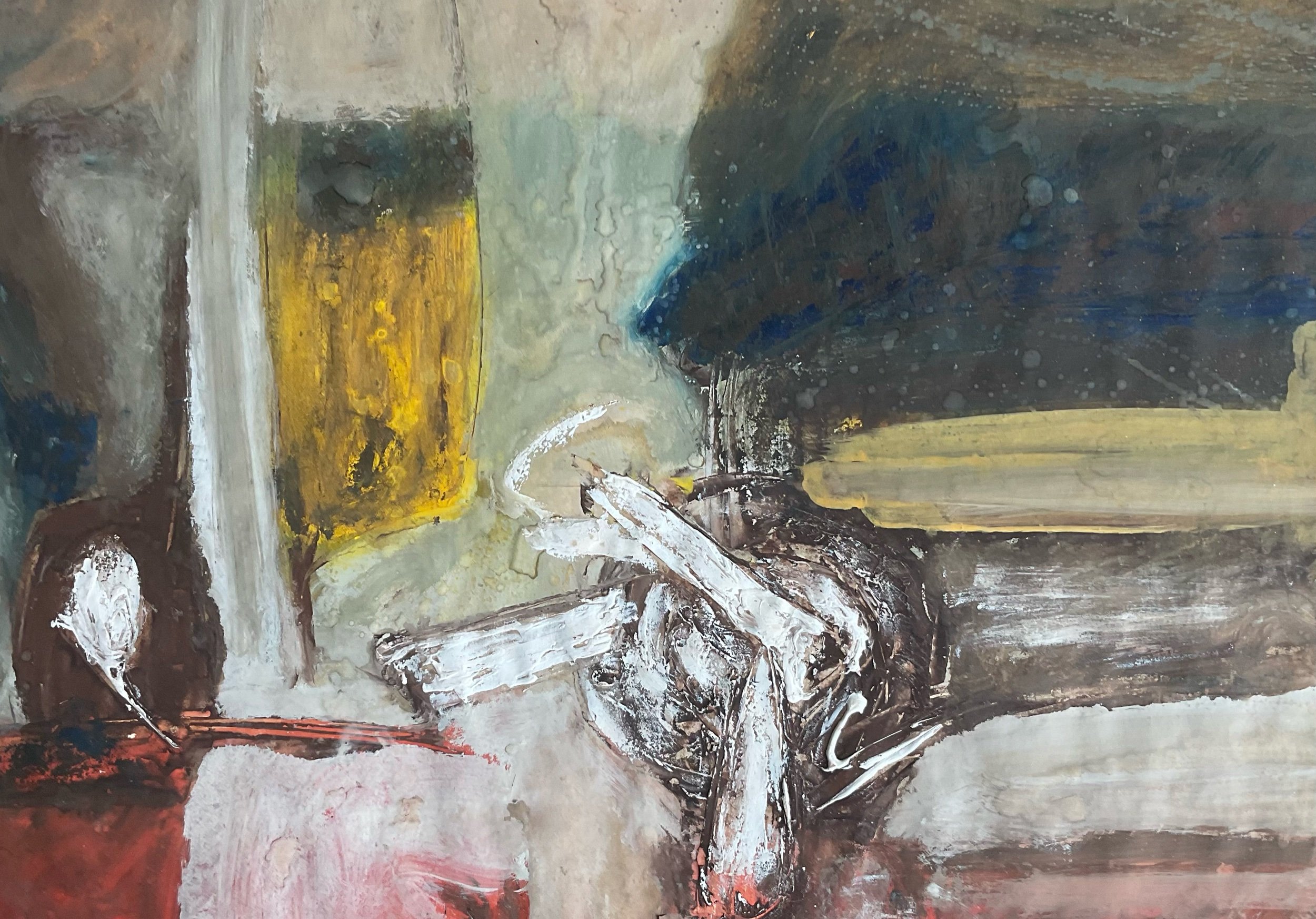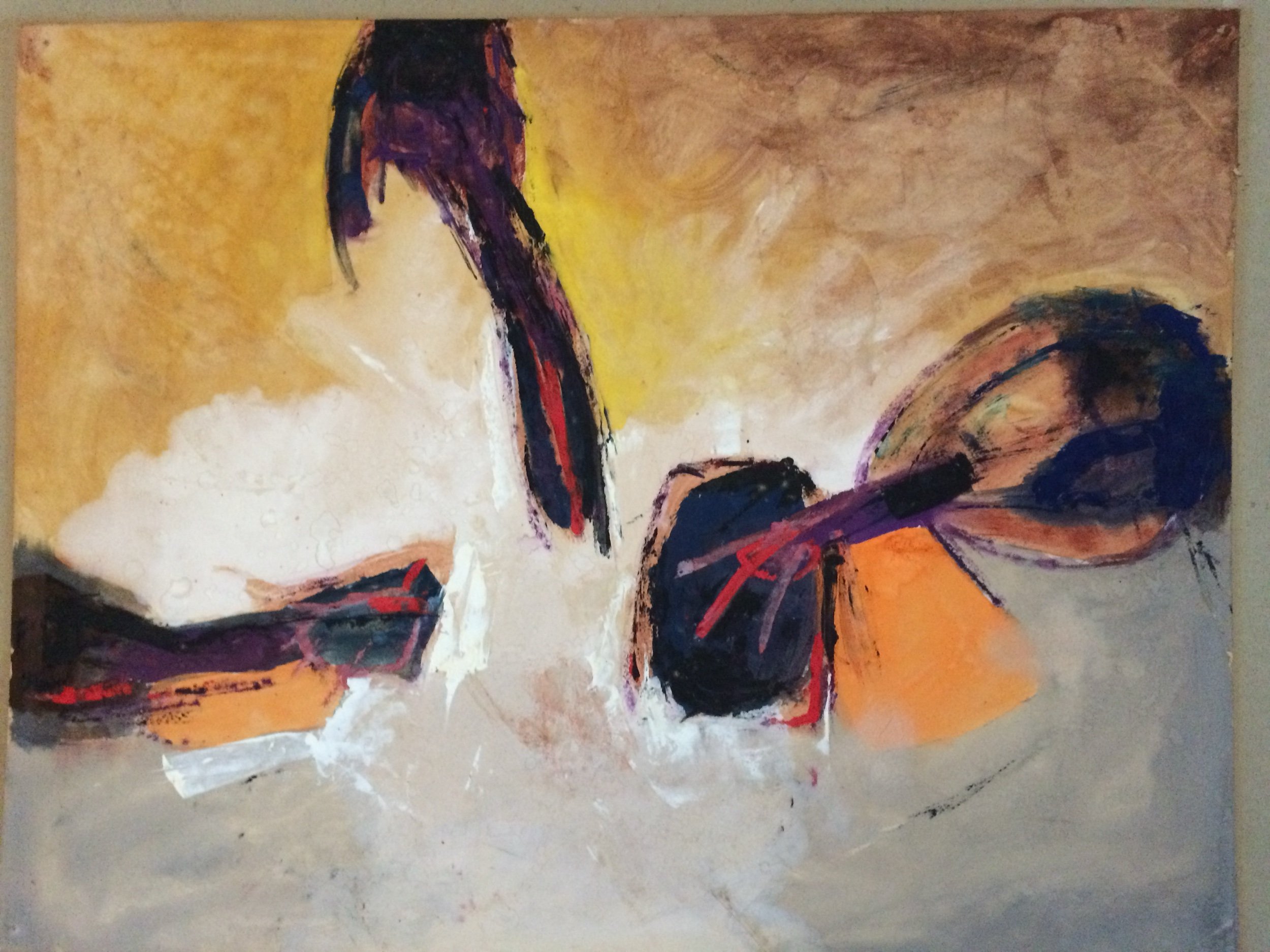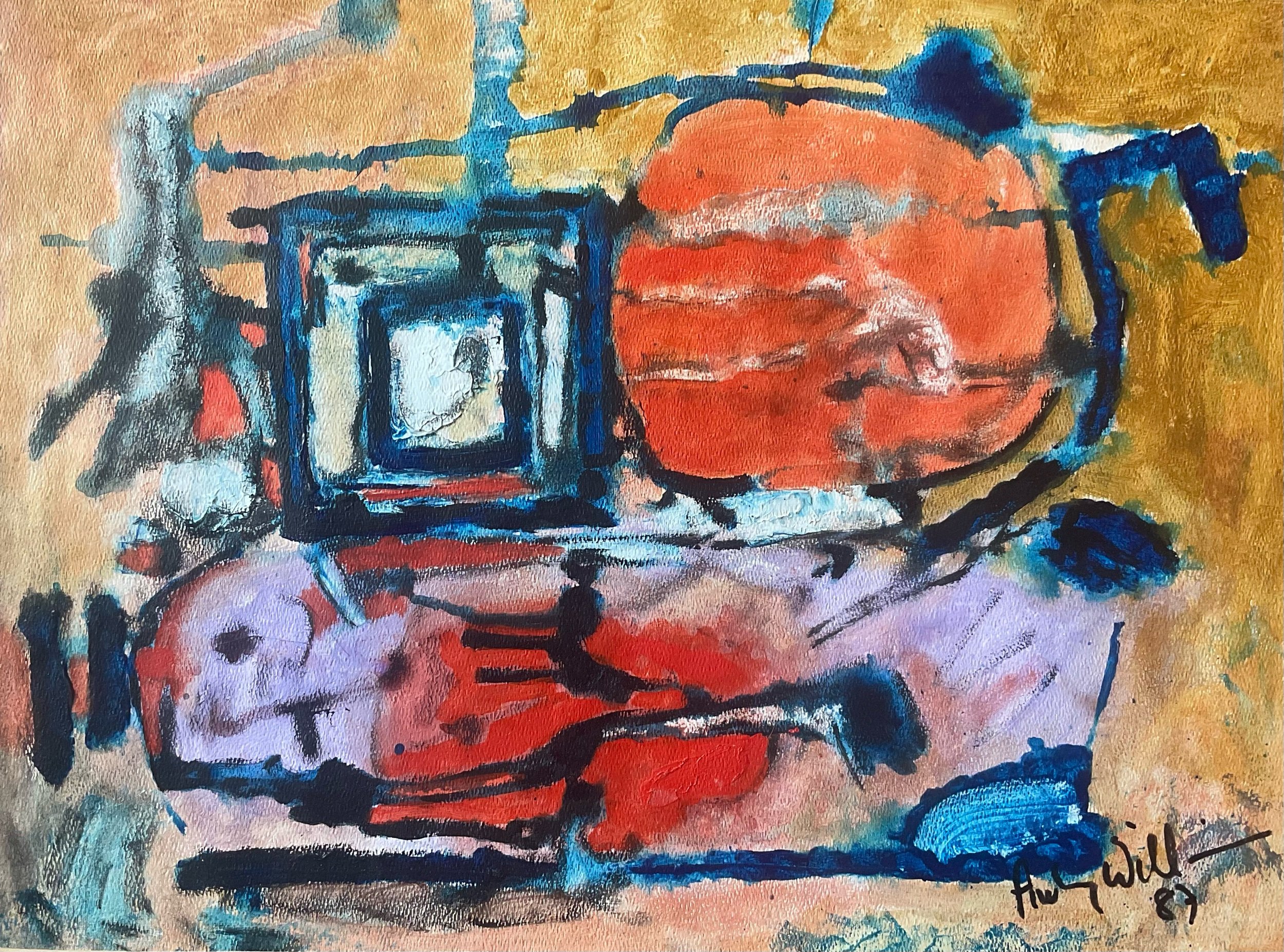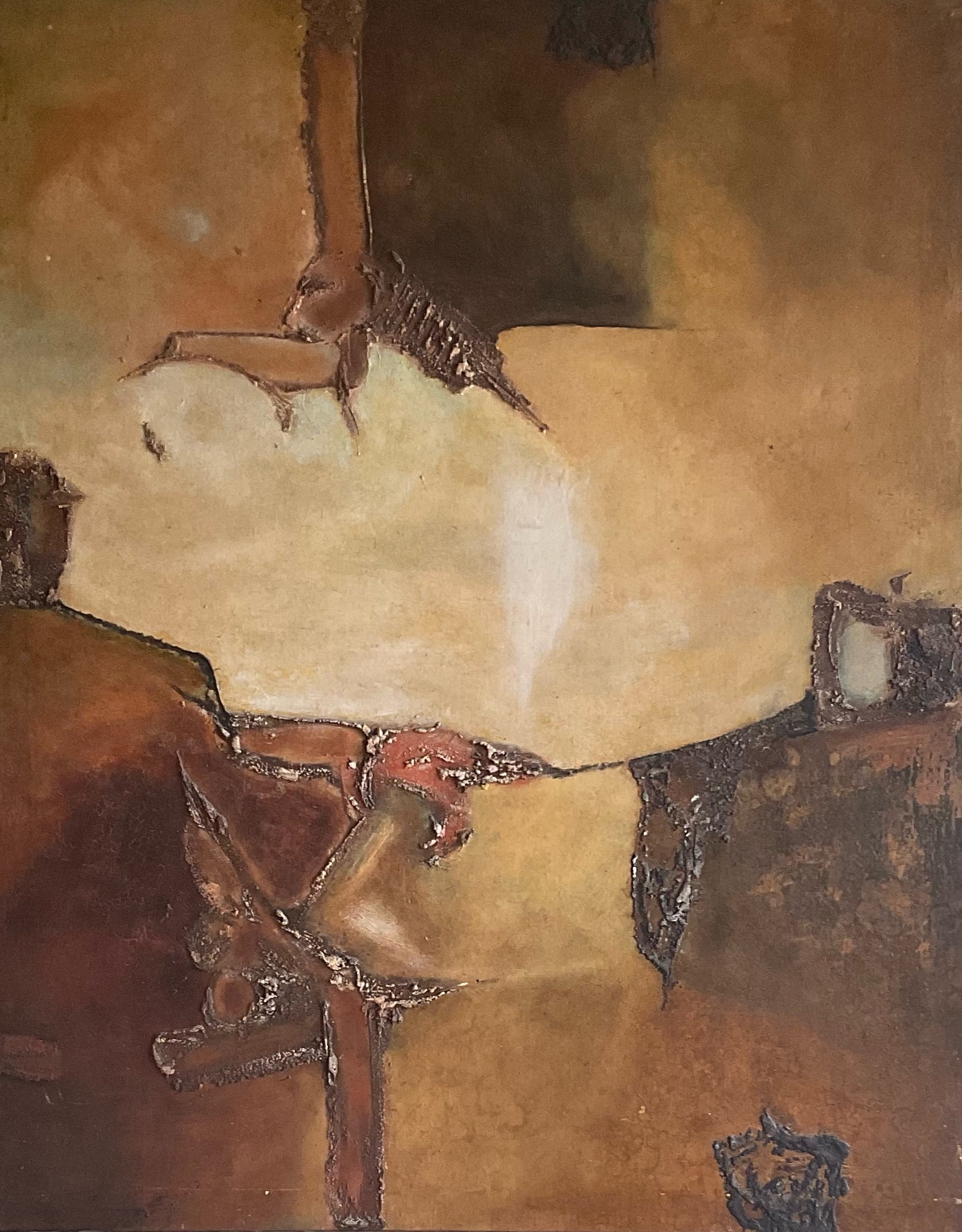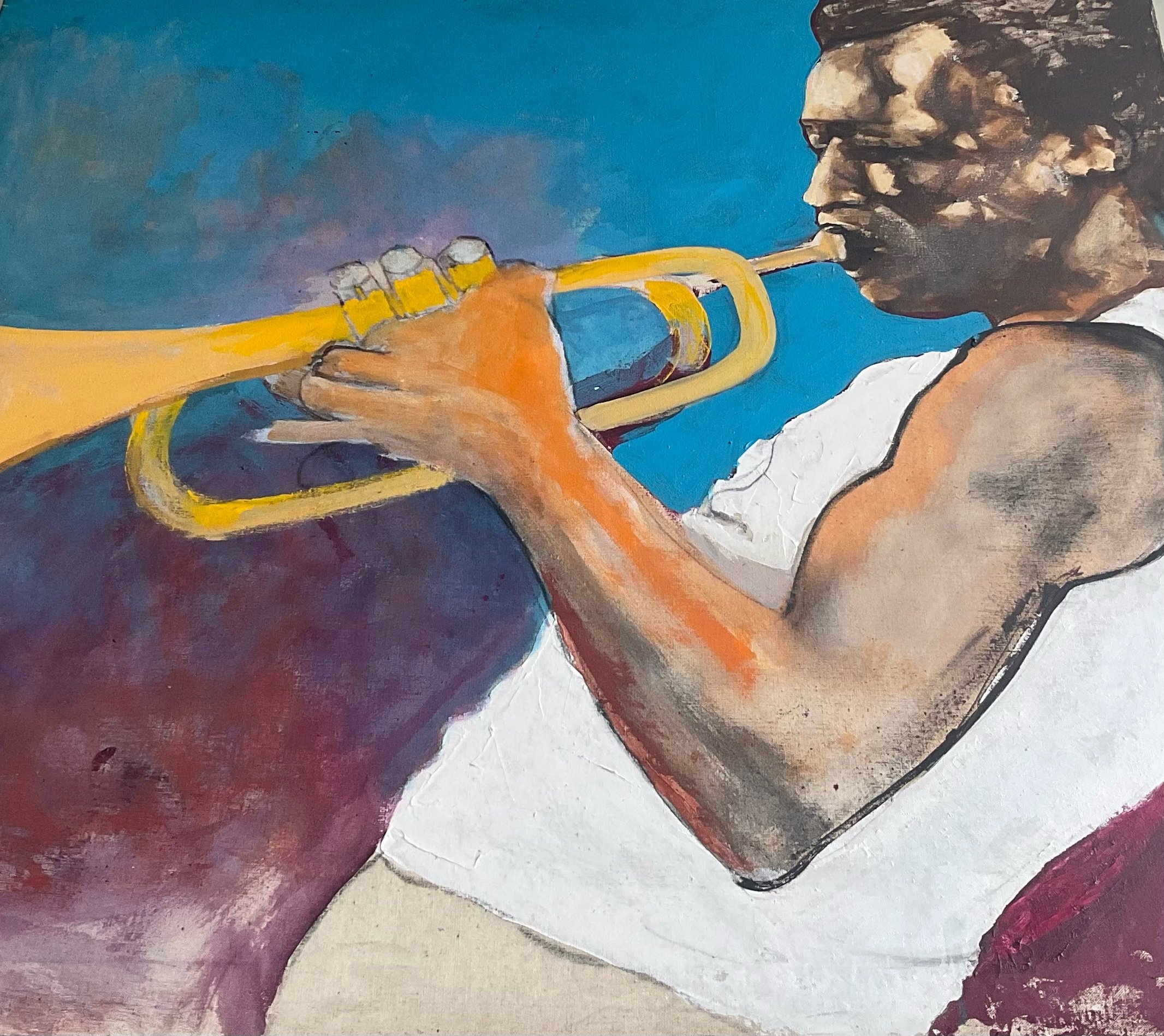Aubrey Williams
Aubrey Williams (1926 Guyana - 1990 London), is a key figure of Post-War painting in Britain.
Four years after the HMT Empire Windrush set sail in 1948, Aubrey Williams set foot in England.
Today, a room in Tate Britain is dedicated to Williams’s art, and he is remembered as a founding member of the influential Caribbean Artists’ Movement, the London group whose legacy is secure in the canon of British Modern art.
Aubrey Williams: A Life in Color
Aubrey Williams was a visionary artist whose life and work were marked by an unwavering commitment to exploring the depths of human experience through the medium of art. Born on May 8, 1926, in Georgetown, Guyana, his journey through life would lead him to become a pioneering figure in the world of abstract expressionism.
Early Years: Aubrey Williams' early life was shaped by the rich cultural and natural landscapes of Guyana. He grew up surrounded by the lush rainforests, vibrant Caribbean culture, and the deep spiritual traditions of his homeland. These influences would later find their way into his artwork, infusing it with a sense of vitality and a connection to the mysteries of the natural world.
Artistic Development: After moving to England in 1952, Williams began to immerse himself in the art world. He was influenced by various artistic movements, including Abstract Expressionism, and the works of fellow Caribbean and American artists. His early paintings often featured vivid and intense colors, reflecting his fascination with the vibrant landscapes of Guyana.
In the 1950s and 1960s, Williams began to establish himself as a significant presence in the British art scene. His work evolved, becoming increasingly abstract and experimental. He drew inspiration from diverse sources, including African and Amerindian mythology, music, and the cosmos. Williams' artistic language was a unique blend of abstract forms, gestural strokes, and symbolic imagery.
International Recognition: Aubrey Williams' talent and innovation soon earned him international recognition. His work was exhibited in prestigious galleries and museums around the world, including the Tate Gallery in London, the Smithsonian Institution in Washington, D.C., and the Royal Academy of Arts.
Williams' paintings were characterized by their ability to transcend cultural boundaries and speak to universal themes of identity, spirituality, and the human connection to the natural world. His use of color, texture, and symbolism created a visual language that resonated with viewers from all walks of life.
Legacy: Throughout his career, Aubrey Williams remained deeply connected to his Guyanese roots. He was passionate about preserving the cultural heritage of the Caribbean and often incorporated elements of indigenous mythology and folklore into his art. His work serves as a bridge between different cultures, inviting viewers to explore the intersections of history, spirituality, and identity.
Aubrey Williams passed away on April 21, 1990, but his legacy continues to inspire artists and art enthusiasts worldwide. His contributions to the world of abstract expressionism and his exploration of the human experience through art have left an indelible mark on the art world. Today, his paintings can be found in major art collections and continue to captivate audiences with their profound beauty and depth of meaning.
Aubrey Williams' life and work are a testament to the power of art to transcend boundaries and capture the essence of the human spirit. His legacy reminds us that art has the capacity to bridge cultures, ignite imaginations, and touch the soul in profound and enduring ways.
He received the Commonwealth Prize in Painting from Queen Elizabeth II in 1965, and the Golden Arrow of Achievement from the Guyanese government in 1979. His transatlantic presence (time in Guyana and the Caribbean, living in London) uses abstraction as a cross-cultural translation. Williams eschewed categorization, blending representational aspects into his abstract paintings, and uniting a spectrum of visual and cultural references ranging from astronomy and ecology to pre-Columbian iconography and music.
We are currently looking to purchase works by this artist so do contact us if you are looking to sell one .
